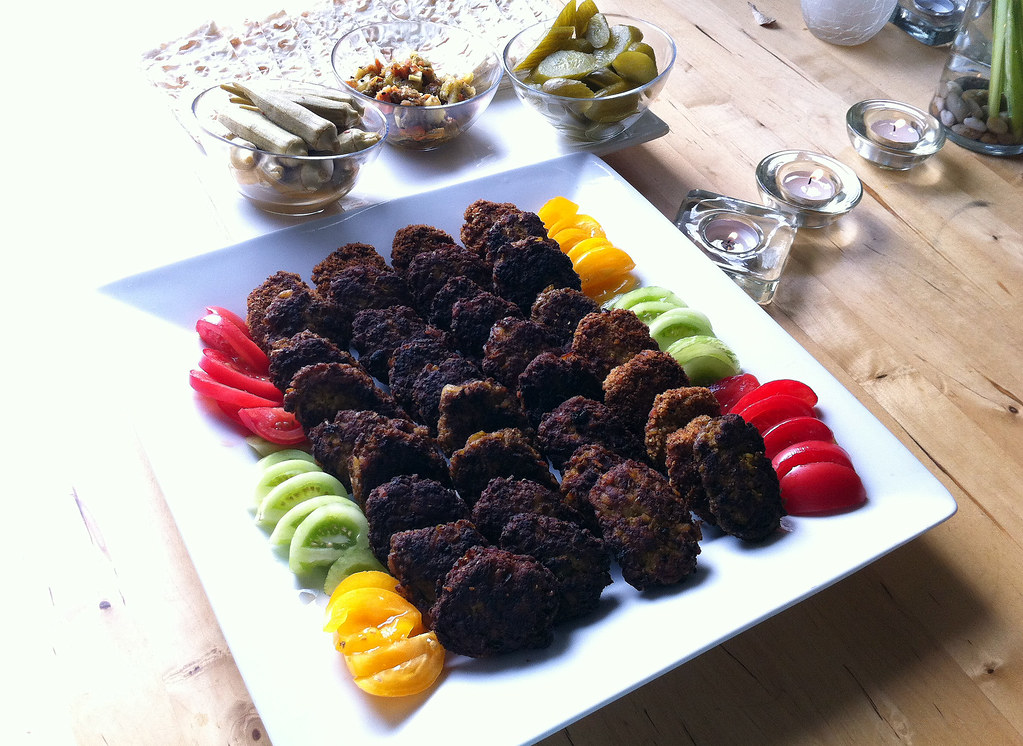Brace yourselves, Internet. I’ve found a cookie recipe so simple that even I, perennial great-chef-bad-baker, have managed to produce a chewy, perfect cookie. Ever since the Great Cornbread Disaster of 2007 where I tried my hand at “fluffy” cornbread only to produce cardboard-like tack, I’d doubted myself when it came to anything flour-based. These cookies gave me my groove back.
Ingredients:
1 cup all-purpose flour
1/4 teaspoon baking powder
1/4 teaspoon baking soda
1/4 teaspoon ground cinnamon
1/2 teaspoon salt
3/4 stick butter, room temperature
1/2 cup packed light-brown sugar
1/3 cup granulated sugar
1 egg
1 teaspoon vanilla extract
1 1/2 cups rolled oats
1/2 cup raisins
1. Preheat oven to 350 degrees. Mix flour, baking powder, baking soda, cinnamon, and 1/2 teaspoon salt in a bowl. Beat butter and sugars until pale and fluffy. Mix in egg and vanilla, then flour mixture. Mix in oats, then raisins.
2. Using a tablespoon, scoop 1 tablespoon of dough onto parchment-lined baking sheets, spacing each scoop about 2 inches apart. Bake until edges are golden, about 15 minutes. Let cookies cool on a wire rack.





